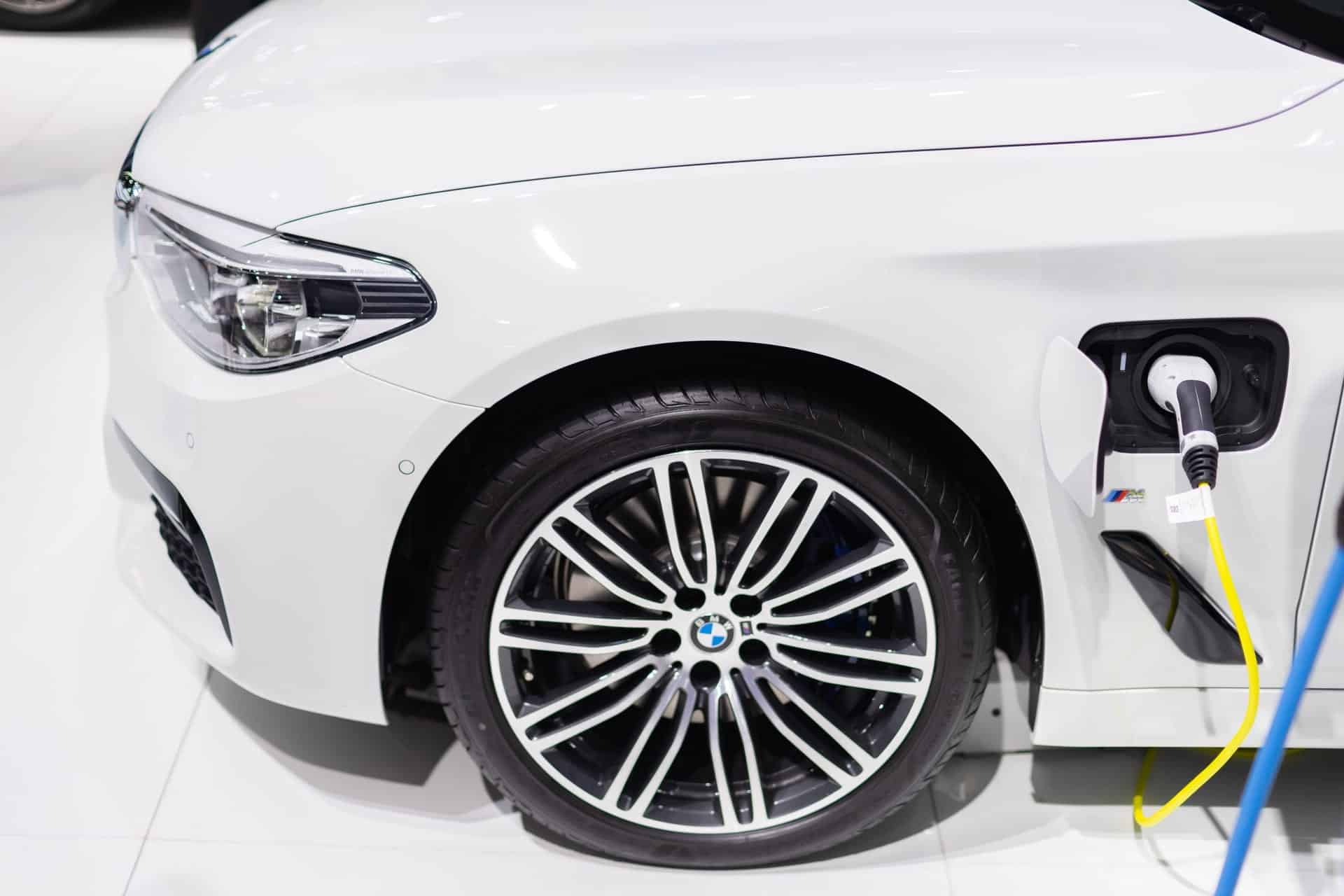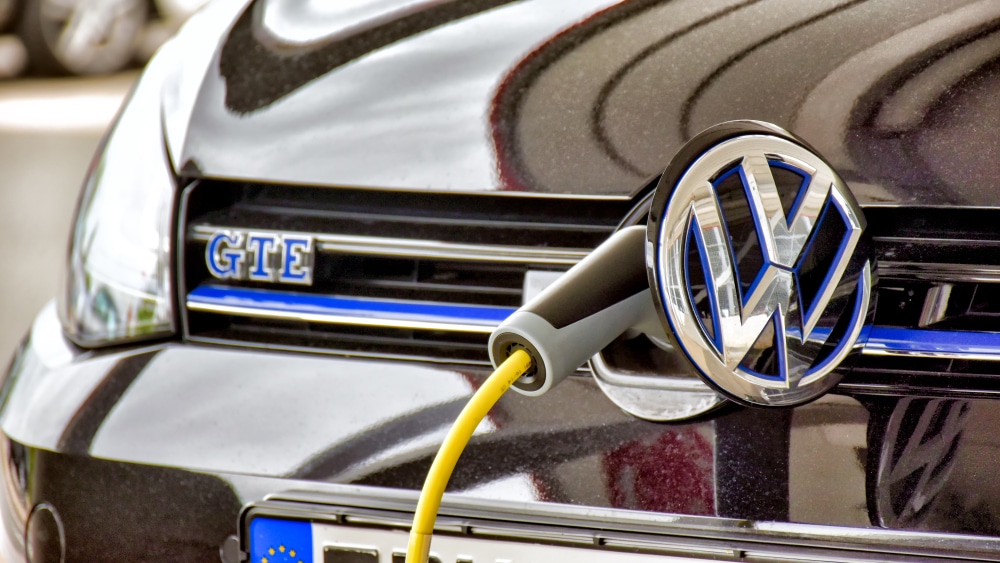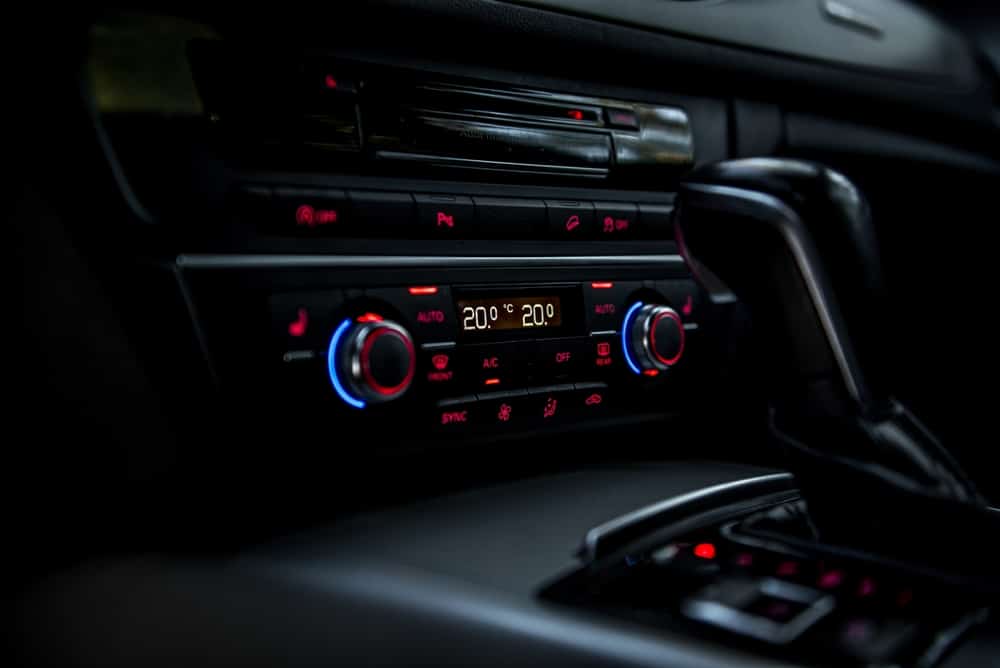BMW Charging Fault
“Your electrical machine electronics (EME) unit has failed. The only solution is a replacement, and with parts and labour included, the cost will exceed £9,500.”
That was the blunt verdict Mr T received from his BMW dealer when he asked for support with his 2020 BMW 5 Series 530e Plug-In Hybrid. For any owner, a figure like that is enough to cause immediate anxiety.
Worse still, the car was already falling short. The heater and air conditioning systems had both failed, and the charging function could no longer restore the high-voltage battery. With critical features disabled, the BMW was heading rapidly toward being undrivable.
Unwilling to accept the dealership’s costly recommendation, Mr T brought his car to RS Autotechnik in Dursley. For our BMW specialists, this wasn’t a dead end — it was the start of an in-depth repair challenge we were ready to tackle.
Read on to see how our team traced the underlying cause, carried out a component-level EME repair, and returned Mr T’s BMW to full working order… without the crippling cost of a full replacement.
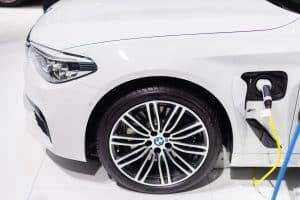
Beginning Our Investigation Into the BMW Charging Fault
The process started with a detailed discussion with Mr T. He walked us through when the issues first showed up, how they had worsened over time, and what steps had already been taken before the car reached us. Having that full account was critical, as it allowed us to approach the BMW with context rather than in isolation.
We then connected our dealer-level diagnostic equipment and retrieved the stored fault codes. Several codes come up, including:
- 21E720 – Charging electronics fault: Communication between the charger and its controller had been lost, preventing the charging process.
- 80120E – Electric A/C compressor undervoltage/overvoltage: Fluctuations in supply voltage forced the A/C compressor to shut down.
- 8011C4 – A/C compressor voltage sensor fault: The sensor inside the compressor was sending incorrect information.
- 030ECD / 030EC1 – Charging management errors: The system could not safely control the charging process.
On their own, none of these codes gave us a complete answer. But looked at together, they revealed a shared problem: three high-voltage systems — the charging, the heater, and the air conditioning — were all being compromised.
Each of these relies on the electrical machine electronics (EME) unit, the same part the dealership had already marked for replacement. For us, that wasn’t the end of the story. It was a sign pointing toward an underlying fault in the high-voltage distribution that needed deeper investigation.
Probing Deeper Into the BMW Heater Fault and Its Causes
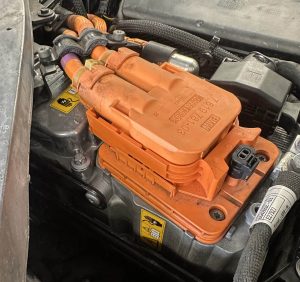
Using Wiring Diagrams
Because the stored codes pointed toward issues within shared high-voltage circuits, we studied BMW’s official wiring diagrams. These diagrams act as precise electrical maps, showing every connection and how current should be distributed under normal operating conditions.
Checking the Evidence
From the live serial data, it was clear the A/C compressor wasn’t receiving any supply at all. That finding ruled out the compressor as defective. Instead, it showed the EME unit wasn’t sending voltage to the system. The diagrams also revealed that the charging function, the heater, and the air conditioning were all drawing from the same feed, protected internally by a fuse within the EME.
Applying Our Own Test Plans
To go further, we applied our in-house high-voltage test procedures, designed specifically for hybrid and electric vehicles. Working with such systems carries inherent risks and must only be done by certified professionals, which our technicians are. Under controlled conditions, we tested each component to verify how it behaved in practice, building an accurate view of the system before investigating inside the EME unit itself.
Digging Into the EME Unit
Instead of replacing the full EME unit, as the dealer had advised, we dismantled it for inspection. Inside, we uncovered the real issue: the high-voltage fuse had blown. A fuse rarely fails on its own — it’s usually a sign that another component has drawn excessive current, forcing the fuse to protect the circuit.
Isolating the Culprit
We then tested each part of the shared circuit, including the wiring harnesses, A/C compressor, onboard charger, and finally the PTC heater. The heater produced abnormal resistance readings, proving it was pulling more current than specified. With calculations to support the findings, we confirmed the PTC heater had caused the fuse to blow.
The conclusion was clear: the EME unit itself wasn’t at fault. The real cause was a failed PTC heater that had triggered the fuse to blow. Now that we knew this for certain, we were able to put together a targeted repair plan.
The Repair Work That Solved the Issue
Once the diagnosis was complete, it was time to start the repair:
- Sourcing the fuse: The high-voltage fuse identified during testing isn’t available separately through BMW. By working with our specialist supply chain, we sourced the correct part. The EME unit was stripped down, the fuse was installed with precision to the manufacturer’s specification, and the unit was carefully reassembled.
- Replacing the heater: The faulty PTC heater, which had overloaded the fuse, was removed and replaced with a premium-quality component. This ensured the high-voltage system could function safely again.
- Final testing: After the repair, we performed a series of rigorous checks with specialist tools, including an insulation resistance tester and multimeter. These tests confirmed the high-voltage supply had been reinstated, the heating and A/C were working again, and the battery could be charged by the mains as it should.
A Driver Reassured, a BMW Restored: The Final Outcome
The impact of the repair was immediate. Heating and air conditioning, both of which had failed completely, were back in action. The high-voltage battery was charging as intended once again. What had been a BMW weighed down by faults was now functioning exactly as it should.
For Mr T, the benefit was clear. Instead of living with the stress of mounting problems and the prospect of an unnecessary £9,500 replacement, he could drive away in a BMW that worked flawlessly. The sense of uncertainty was replaced with the reassurance of a car he could rely on every day.
The turnaround was achieved through expertise, persistence, and precise testing. By solving the fault at component level rather than replacing the entire EME unit, RS Autotechnik delivered a repair that worked for both the vehicle and the owner.
Why Choosing an Independent BMW Specialist Makes Sense
When Mr T’s BMW was brought to us, the dealer had already condemned the EME unit. Instead of taking that at face value, our team carried out a full diagnostic process, traced the true cause, and repaired the fault at component level — restoring the car without the £9,500 dealer bill.
This is the value of turning to an independent BMW specialist like RS Autotechnik. We don’t just replace costly parts; we apply precision testing, high-voltage expertise, and hands-on repair skills to deliver the right outcome.
Here’s what you can expect when you choose us:
- High-quality BMW repairs at a fraction of dealer prices
- Advanced diagnostic equipment and genuine expertise
- Clear advice and communication throughout
- Reliable repairs across all makes and models
- …All protected by a 12-month parts and labour guarantee
We’re proud of the results our team delivers. We have a {{average-rating}} star Google rating from {{review-count}} satisfied customers.
Call RS Autotechnik today on 01453 796345 — because your BMW deserves skilled, independent care that works for both you and your vehicle.
